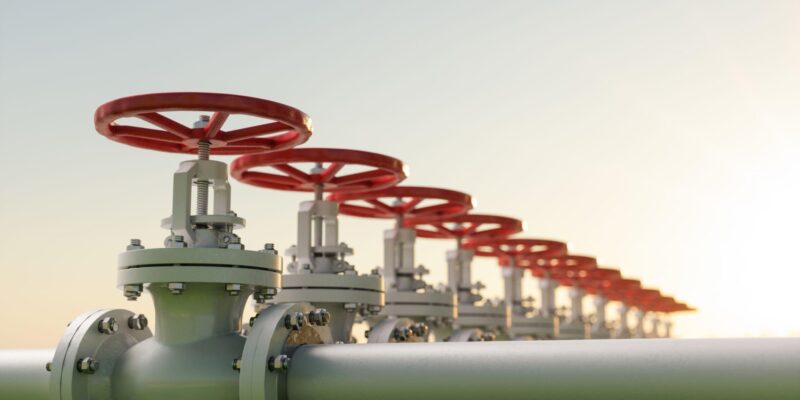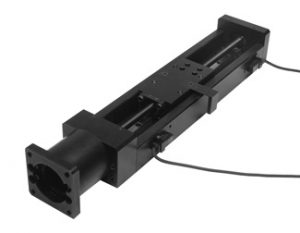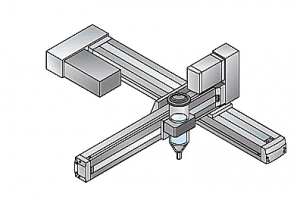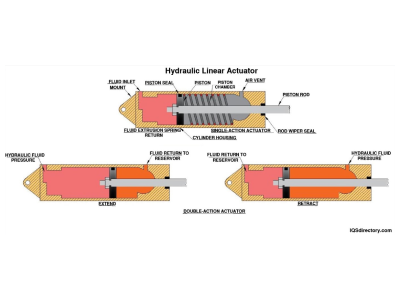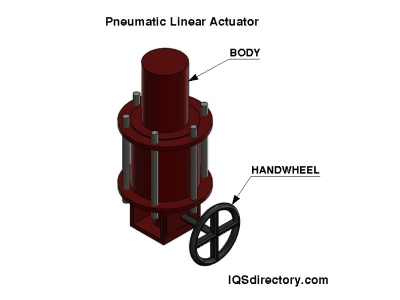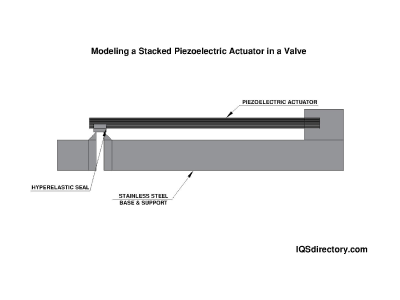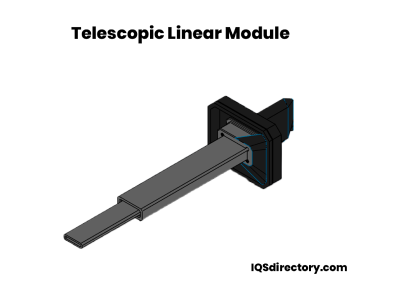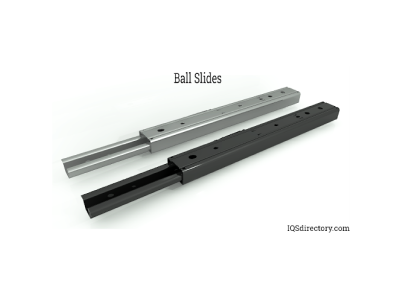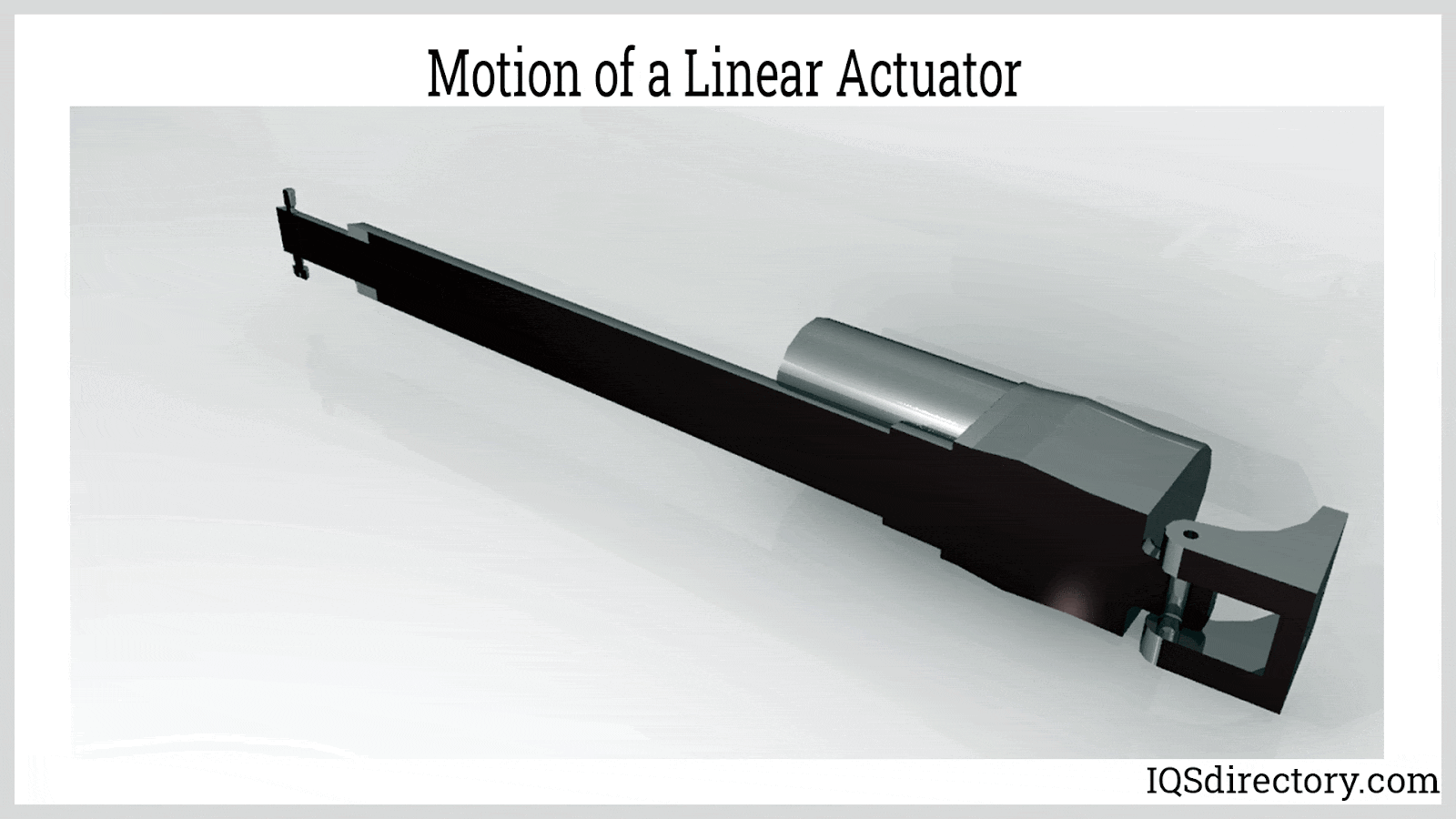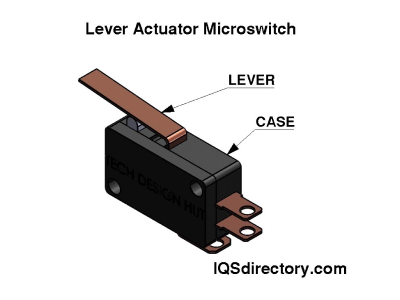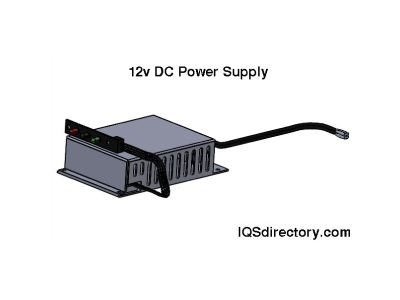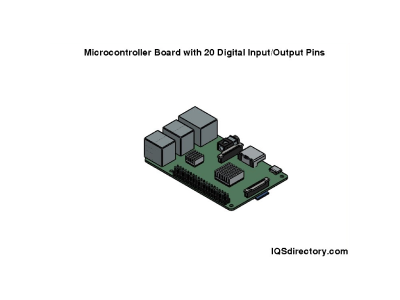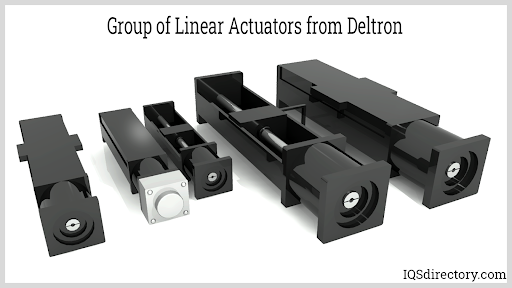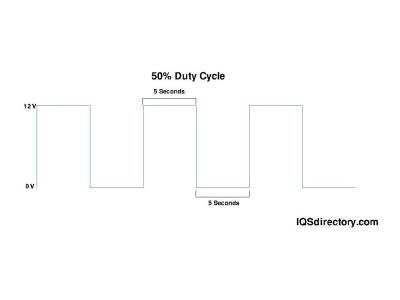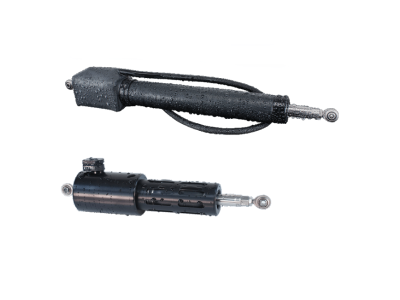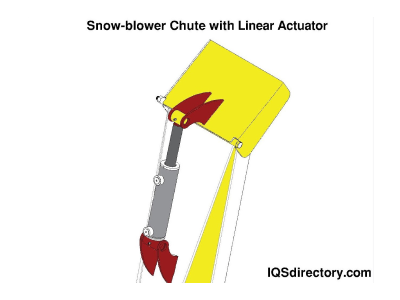Uses for Linear Actuators
Space exploration
In space exploration, every part of the vehicle has to be put to maximum use, while keeping weight down. Micro linear actuators save room and are useful for operating robotics and doing minor tasks. They are used to open and close valves, tracking, securing locking systems, and moving robotic arms.
Automobiles
One of the most common uses for linear actuators in cars is powered tailgates. Self opening and closing tailgates have become extremely popular and convenient. Linear actuators are also used for opening and closing side doors and activating air brakes.
Medicine
Linear actuators are a part of the most advanced medical equipment. A critical function for health care personnel is lifting patients, which is made easier with linear actuators on beds and chair recliners. Nurses can easily adjust the height of the bed for patient’s treatment. Monitoring equipment such as ventilators and temperature control devices have their height adjusted using linear actuators.
Snowblower
One of the problems of operating a snowblower is constantly changing the direction of the chute. Since operating a snowblower requires the use of both hands, reaching to change the position of the chute is difficult. A recent development in linear actuator technology is a switch that changes the position of the chute by pressing a thumb against an activation switch. The chute on the snowblower pictured below has a linear actuator on its side for easy repositioning.
Robotics
The automotive industry is using robotics to improve production quality and accuracy, while controlling the cost of production. Electric linear actuators control and repeat precise movements, control rates of acceleration and deceleration, and control the amount of required force. In bar feeders, actuators, with controllers, insert rods into the machine and adjust the optimum height. Rodless actuators are able to move pallets and position lumber for cutting and packaging.

